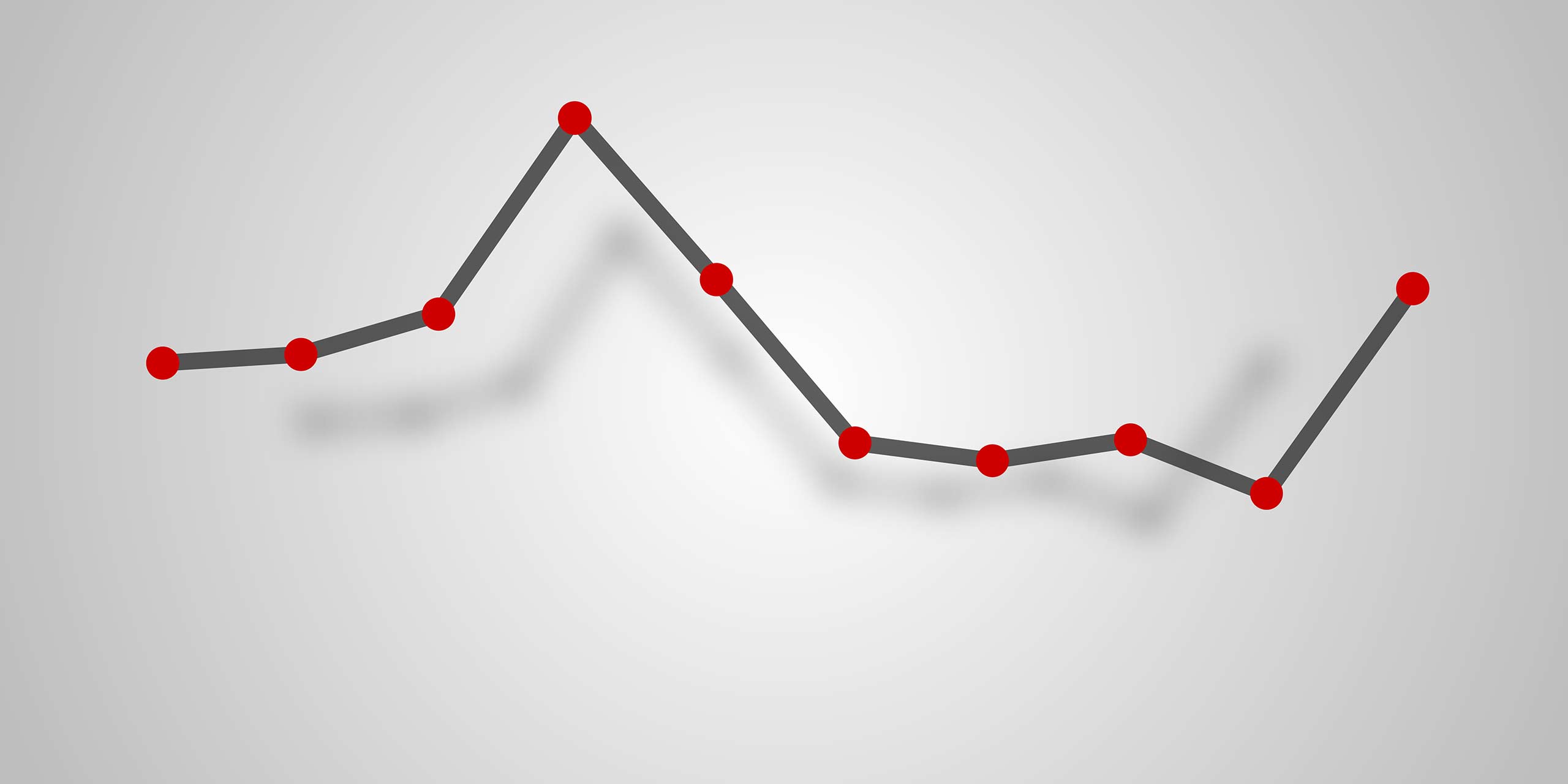While exams are designed to test and score knowledge, they don’t always indicate how well students are progressing through course material. That’s where curriculum based measurement comes in.
Developed by researchers in the late 1970s, this objective assessment technique quickly measures student progress — and responsiveness to various teaching techniques — ultimately producing a better learning outcome.
In the classroom, students are expected to master several curriculum-related objectives. While high stakes testing assesses that mastery, curriculum based measurement allows educators to measure learner progress toward those objectives and find where students might be struggling.
Curriculum based measurement helps the student by pointing out gaps in learning, as well as letting them see progression toward their overall goals. It also helps educators, indicating how their teaching techniques may or may not be producing the intended results and reporting on how student learning as a whole is improving throughout the semester.
And for the educator and the administrator alike, this student assessment methodology is easy to incorporate into the classroom and, best of all, provides a clear snapshot of how students are gaining ground and their readiness for the next stage of academic achievement.
Benefits of curriculum based measurement
What sets curriculum based measurement apart from quizzes or exams is the intention behind it. Rather than just grading students, the idea is to help educators evaluate student comprehension—as well as the effectiveness of their instruction.
According to a report by Suzanne Clarke1 with the Educational Research Service, “in contrast to standardized achievement tests, which do not provide immediate feedback, curriculum based measurement tests are given frequently to track student progress toward annual goals, monitor the response to intervention, and make instructional changes as needed throughout the year.”
These tests produce actionable data that is particularly useful for assessing proficiency and fluency in areas such as math and literacy, as well as identifying learning disabilities.
A study by Fuchs, Butterworth & Fuchs (1989)2 reported that students of teachers who use curriculum based measurement are assessed higher grades than those whose teachers don’t use it. And according to a study by Davis, Fuchs, Fuchs & Whinnery (1995)3, accountability gets a boost too: this kind of ongoing evaluation means students are more aware of their performance. They view themselves as more responsible for their learning than students who aren’t exposed to curriculum based measurement.
How curriculum based measurement works
This methodology involves the repeated, standardized assessment of specific skills through the use of ‘probes’—short activities or a short series of questions — taken directly from the curriculum guidelines. Probes are administered on a regular basis (usually every week) throughout the duration of the course. And, unlike an exam, each probe typically only takes a few minutes.
Each probe assesses a skill or set of skills (such as computational or problem-solving skills) covered in the curriculum. By repeating probes on a regular basis, an instructor can assess and track students’ improvement by scoring results and comparing them to expected performance.
The results are typically recorded on a graph, which can also be compared from week to week as well as to the overall learning objectives. The graph provides a visual representation of a student’s progress—it only takes a glance to see if the student is progressing as expected.
According to The IRIS Center4, graphing students’ scores is an integral part of the process for teachers: “By watching their progress in such an easily understood format, students can see the relationship between their effort and their increased academic proficiency. Teachers are also able to make quicker instructional decisions by looking at a student’s graph rather than relying on a list of scores.”
Taking curriculum based measurement one step further
The IRIS Center further suggests that the framework should implement goals that benchmark what students are expected to achieve and when. Then, one should make instructional decisions based on this data, and communicate progress throughout the year.
It’s important that strategies are in place to actually use the data. According to the aforementioned Educational Research Service report, “monitoring alone will not have a significant impact on student achievement. Teachers must modify their instruction based on what the data indicate.”
Curriculum based measurement can particularly demonstrate its value for at-risk students or those with learning disabilities, since it can pinpoint learning struggles early in the process. If the data seems to assess a lack of progress, instructors may want to dip into their toolkit and try new approaches, such as the implementation of a new teaching technique, presenting material in a different way, or even individualized learning in some cases. In a few weeks it will be apparent if the new approach is helping to achieve the desired results.
Finding resources
The biggest barrier to curriculum based measurement, according to the Educational Research Service, is determining the time to carry it out. Probes are designed to be time-efficient, but it still takes time for instructors to create the probes, graph the data and analyze it — not to mention make any necessary adjustments to their teaching techniques.
While probes can be created with material straight out of the curriculum, there are several automated tools that can collect, manage and analyze data on an ongoing basis, which makes the process much easier. The CBM Warehouse, for example, offers free resources — such as training materials, graphing spreadsheets and intervention ideas — to save time.
While it does require initial training and setup, curriculum based measurement can be a valuable tool for instructors who want to raise the bar in their classroom, providing assessment that’s empowering for students and instructors.
References
- Clarke, S. (2009, January). Using Curriculum-Based Measurement to Improve Achievement. Principal Retrieved from https://www.naesp.org/sites/default/files/resources/2/Principal/2009/J-F_p30.pdf
- Fuchs, L., Butterworth, J., Fuchs. D. (1989). Effects of Curriculum-Based Measurement on Student Awareness of Goals and Progress. Education and Treatment of Children, 12(1), 63-72.
- Davis, L. B., Fuchs, L. S., Fuchs, D., & Whinnery, K. (1995). “Will CBM help me learn?”: Students’ perception of the benefits of curriculum-based measurement. Education and Treatment of Children, 18(1), 19-32.
- Curriculum-Based Measurement. (n.d.) Retrieved from https://iris.peabody.vanderbilt.edu/module/gpm/cresource/q1/p03/


